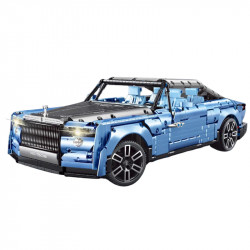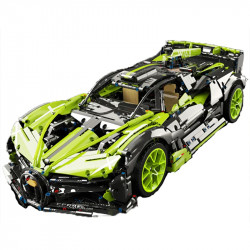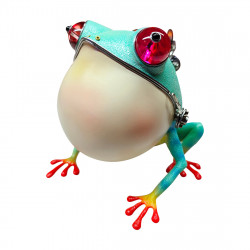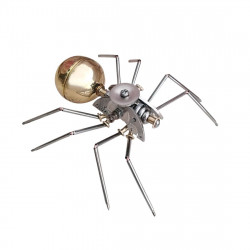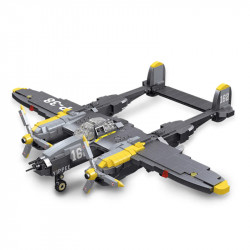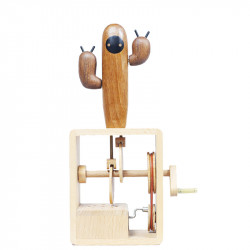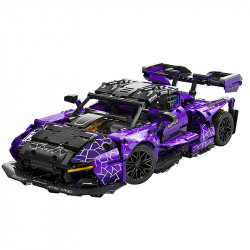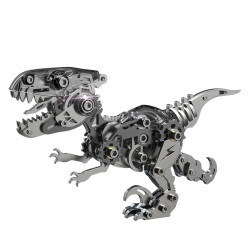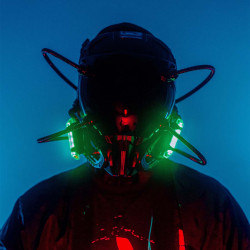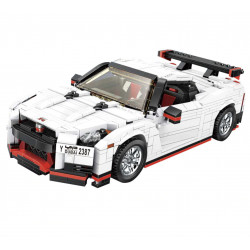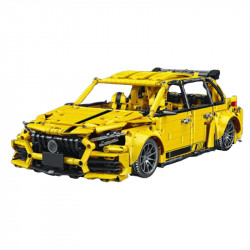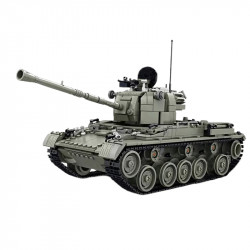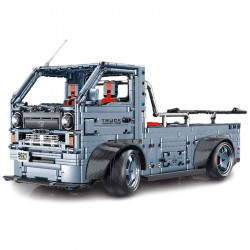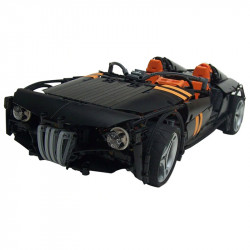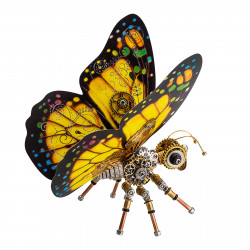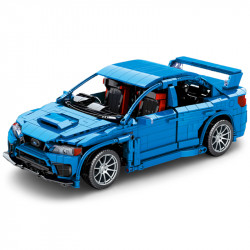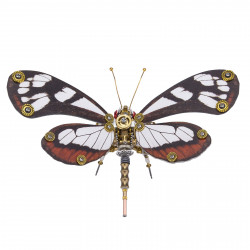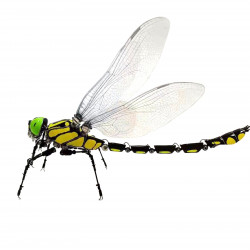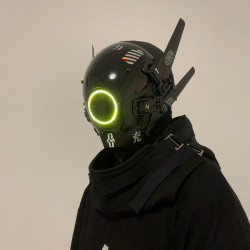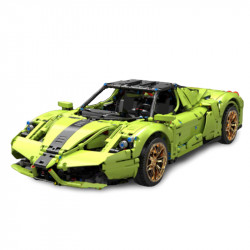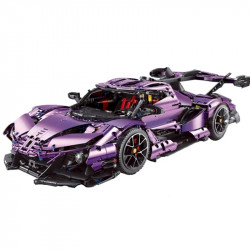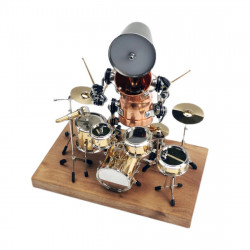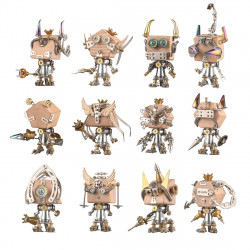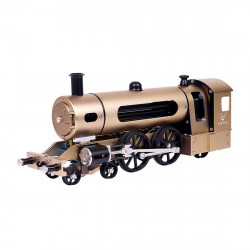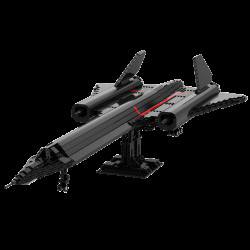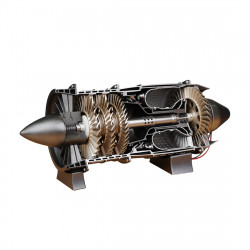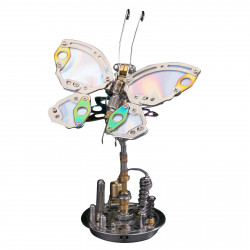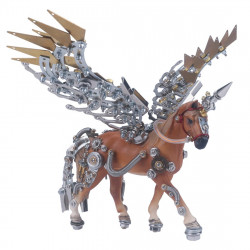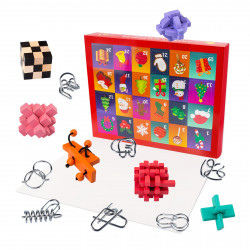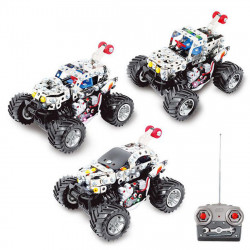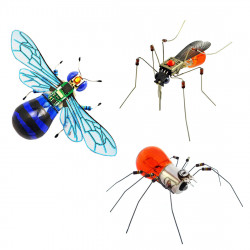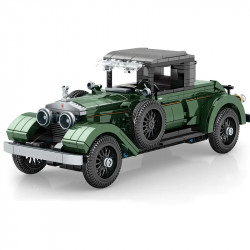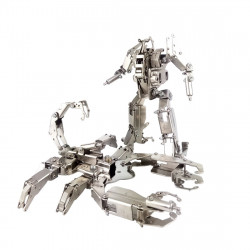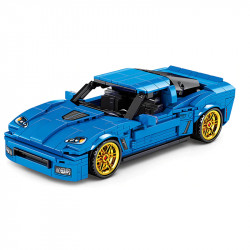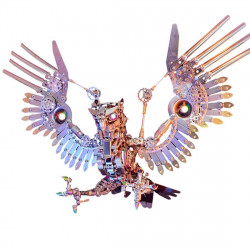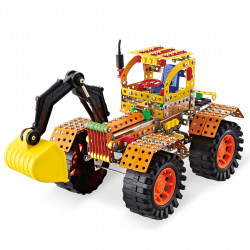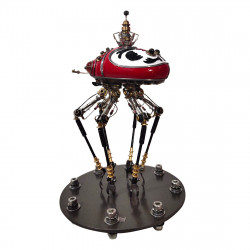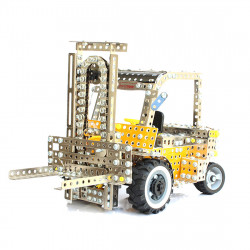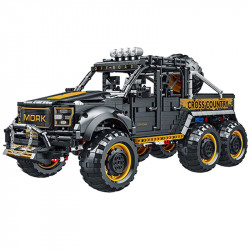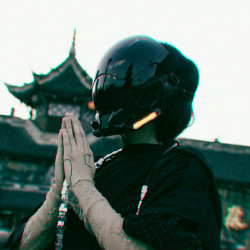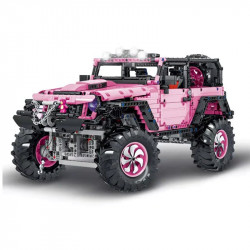Build: Donald Duck

Build: Donald Duck
This entertaining, eccentric, and blocky version of Donald Duck is one of those really difficult-to-get Disney Parks exclusives that can only be found at Shanghai, China's Disneyland. This model was supplied to me by fellow builder @tomz971 on Instagram, and I am honored and humbled to be able to construct it. Furthermore, he forwarded to me the two additional character models—Goofy and Pluto—that would be included in upcoming build posts. Again, a huge thank you to @tomz971 for his kindness!
The exclusivity of this model truly saddens me. I concur with @tomz961, who stated that the Donald rendering is far superior to the Mickey and Minnie models offered at the US Parks when I emailed him a picture of the completed construction. Despite the model's extreme blockiness, I adore nearly every aspect of its shape: the feet, the tail, the body form, and the open mouth. However, the hands' location is the one thing that truly baffles me. I swear, I didn't put them on incorrectly; that twisted posture with the palms facing up is how it was intended. It hurt to try to maintain that stance myself. However, a cartoon doesn't care about that.
It is easy to build yet more complex than you might imagine, just like the majority of these character models. Because there isn't much to tell you about the build, this post will likely be shorter than many of my others. This model is providing me with a chance to discuss a humorous oddity I've noticed about the sharing of model images.
We'll take care of that first. When I take (and share) pictures of models, I notice errors far more than when I hold and view them in person. The 360-degree videos are no exception. Paradoxically, I typically overlook these issues until I've made edits and adjusted the brightness, contrast, color balance, etc. And occasionally, not even till after I've posted them. I also fail to detect other kinds of things, like fingerprints, fuzzies, and hairs. Since I doubt I could construct these models using those finger cots or gloves, I don't mind the fingerprints.
The fuzzies are a little humiliating, too. However, I do have a valid explanation because I have three kids, two dogs, and three cats in my home. However, while watching the 360-degree video that is attached to this page, I would have spotted the tiny fuzzball hanging from Donald's head. Or I ought to have noticed earlier that Donald's skull had one tab that wasn't folded over. I mean, it's glaringly apparent, jutting out there and in your face. Well, it wasn't until I was writing this post a few minutes ago that I realized it. Although I could have taken new pictures, I chose to preserve this rabbit trail in the post and will correct it. Because I sincerely hope that I'm not the only one that engages in such behavior.
Well, let's get back to the build. As one might anticipate from its appearance, the majority of this build is straightforward. The instructions, however, are vague about the folds in a few places (and most likely couldn't be). These bends are usually relatively minor, so the best way to figure them out is just to put them together and see what works. Where am I referring to? The contours of the buttocks and mouth.
The bottom and higher segments are suggested to be shaped in the head sculpting instructions, but I found it easier to align them with the head's sides to obtain an overall sense. It's not flawless, though, because the sides of the head also have certain bends. As a result, you have to average some of the angles and adjust them when you fasten it. Additionally, it can be a bit picky when it comes to getting the mouth's sides to form correctly, so you only need to exert a little force. However, be careful—it's possible to bend the beak's side inward throughout the process, and it gets challenging to bend it back out. Believe me. Or watch the build video; I make a mistake with that quite early on.
It's a touch harder on the body and buttocks. It can be perplexing because the instructions don't really explain how to fold one of the fold lines on the body's sides. The best method was to fold the sides and the back into a shape that appeared to line up reasonably nicely. After securing the bottom two tabs, I adjusted the folds and shaping to align and secure the top two tabs. After doing that on both sides, I found that the front gap was a touch tight, but I was able to carefully widen it when it came time to join the torso's front.
